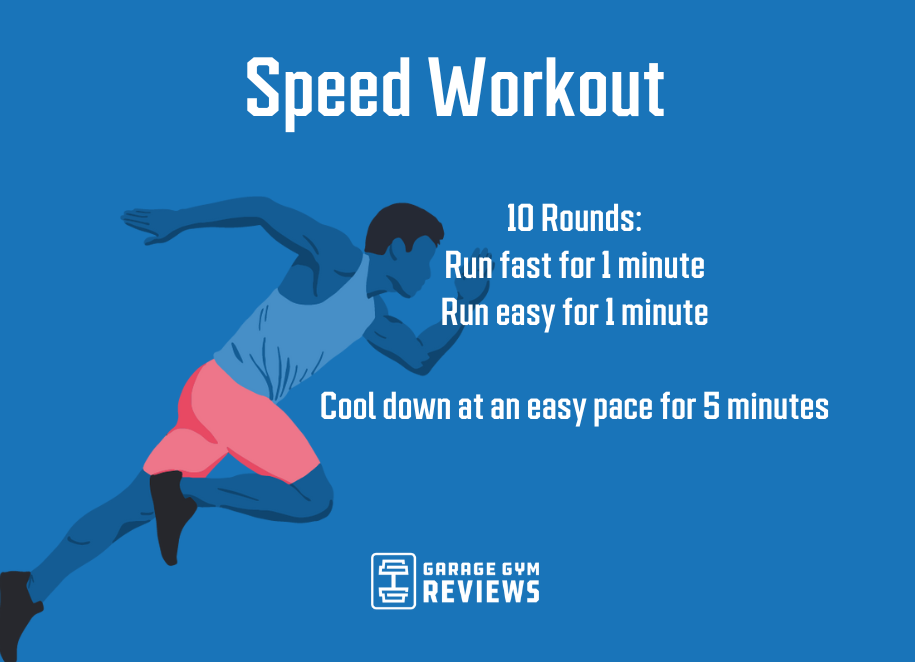Conquering Discomfort in Running: Strategies and Techniques That Job
Discomfort is a typical friend for numerous joggers, commonly functioning as a barrier to accomplishing their wanted objectives. Nevertheless, with the ideal strategies and methods, it is possible to overcome and even stop the pain related to running. By discovering numerous approaches such as understanding the various kinds of running pain, enhancing shoes and form, incorporating cross-training and strength workouts, carrying out reliable healing methods, and maintaining correct nutrition and hydration, runners can possibly relieve their pain and boost their general running experience.
Recognizing Different Sorts Of Running Discomfort

An additional sort of running pain is joint pain, which can show up as a sharp or achy discomfort in locations such as the knees, hips, or ankle joints (running workout). Joint discomfort may be triggered by factors like improper running form, overuse, or underlying problems like arthritis (check this link). It is essential to differentiate between muscular tissue pain and joint discomfort, as the latter might require medical interest to stop further injury
Understanding the various kinds of running discomfort is important for efficient administration and avoidance approaches to make certain a safe and enjoyable running experience.
Correct Footwear and Running Form
To enhance performance and decrease the danger of running-related injuries, picking suitable shoes and preserving appropriate running type are essential components for runners of all degrees. It is suggested to select running footwear that are particularly designed for the person's foot type, running stride, and the type of running activity they engage in.

Cross-Training and Toughness Workouts
Stamina exercises, like squats, lunges, and core exercises, play a vital role in supporting muscular tissues and enhancing running effectiveness. They can deal with muscle imbalances, boost agility, and improve power outcome, all of which are crucial for running efficiency.
It is essential to enable for adequate remainder between running sessions and cross-training tasks to avoid overuse injuries. By incorporating these elements right into a running routine, runners can construct a more powerful foundation, boost performance, and enjoy an extra sustainable running experience - my site.
Recuperation and Relax Strategies
Having established the relevance of cross-training and strength workouts in a thorough running regimen, focus can now be routed in the direction of Recovery and Relax Methods as essential components for optimizing efficiency and lowering the risk of injuries. (running workout)
Healing after running is important for muscular tissue repair service and development. Methods such as foam rolling, extending, and massage therapy help in decreasing muscular tissue pain and boosting flexibility. Ample rest in between runs allows the body to recoup and adapt to the physical tension, preventing overuse injuries.
Including active healing days into a training schedule, where low-intensity tasks like strolling or biking are performed, can improve blood flow and advertise recovery without putting excess pressure on the muscle mass. In addition, proper hydration and nutrition play a vital role in the recuperation process by renewing lost liquids and nutrients.
Quality rest is an additional important aspect of recuperation that need to not be forgotten. Throughout rest, the body undergoes repair work and regeneration procedures, adding to total physical and mental well-being. By focusing on recovery and rest strategies, runners can maintain optimum efficiency levels and minimize the probability of experiencing pain or injuries.
Nutrition and Hydration for Runners
Carbs provide energy for running, while healthy proteins aid in muscle mass fixing and healing. Adequate hydration is likewise vital to keep optimal efficiency, as even mild dehydration can adversely influence running efficiency. In addition, timing dishes and treats properly before runs can aid prevent gastrointestinal pain and provide the needed power for peak performance.
Conclusion
Finally, by recognizing the different types of running discomfort, using correct footwear, preserving right running kind, integrating cross-training and stamina exercises, focusing on recovery and rest, and concentrating on nourishment and hydration, joggers can properly overcome discomfort and enhance their efficiency. Implementing these techniques and techniques can assist joggers avoid injuries, boost their endurance, and eventually enjoy an extra fulfilling running experience.